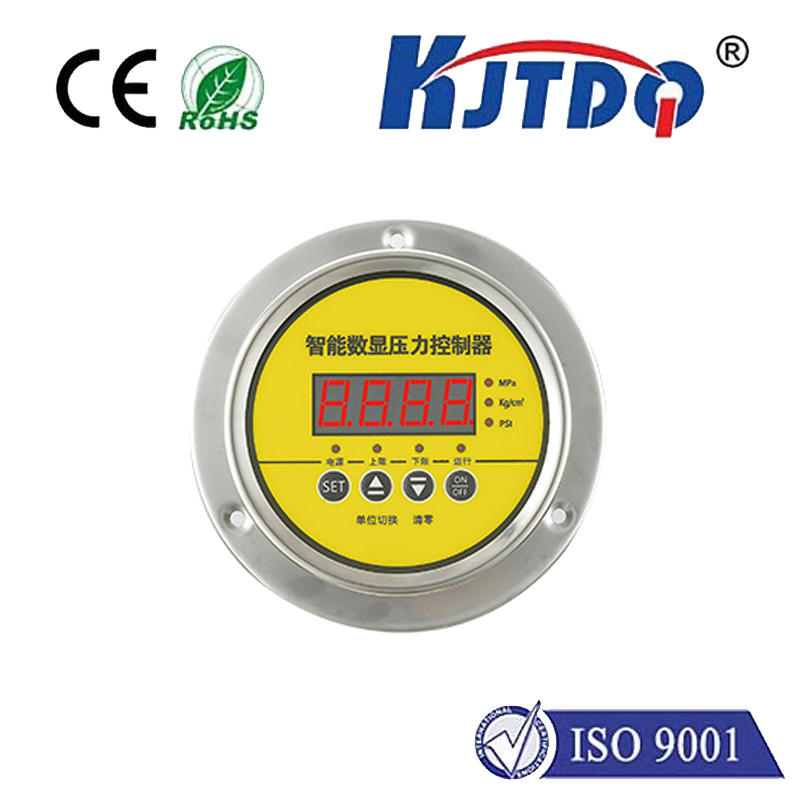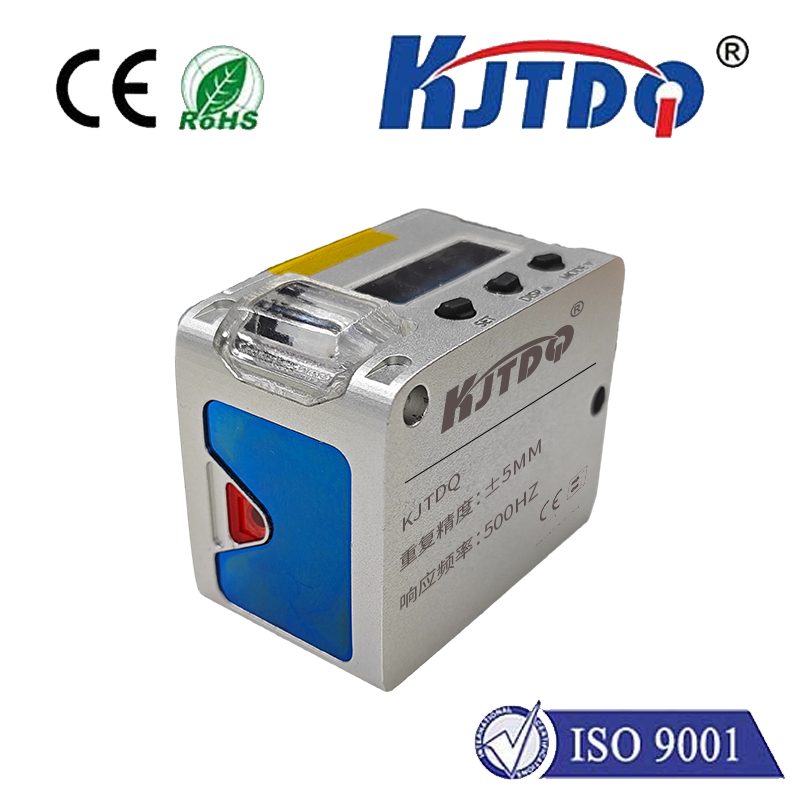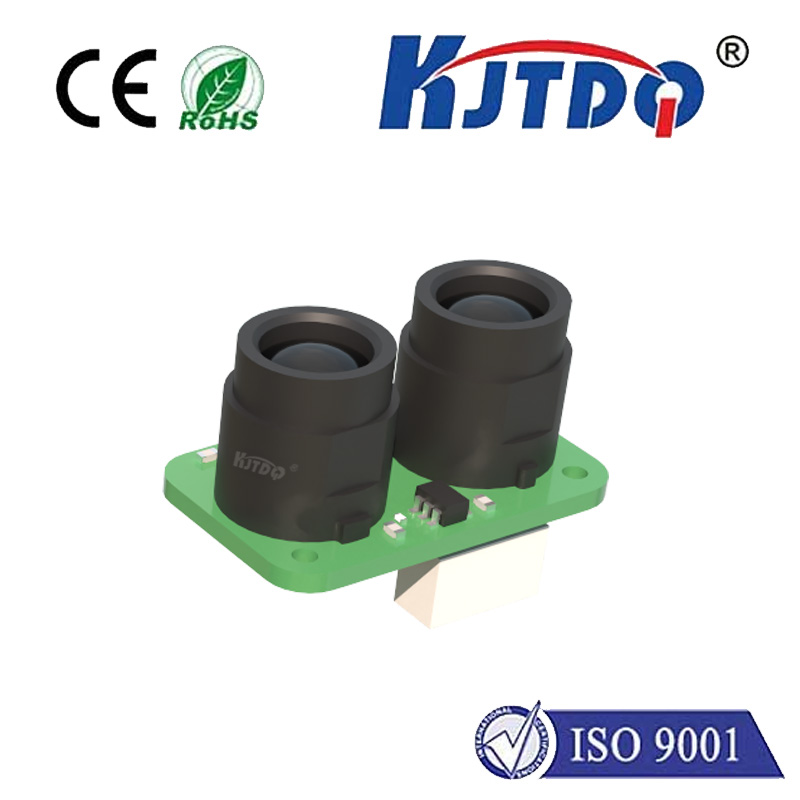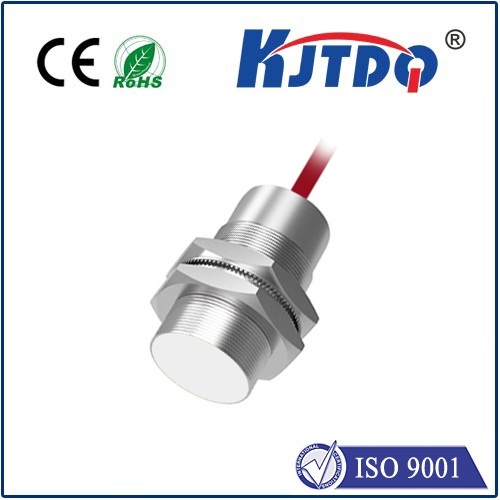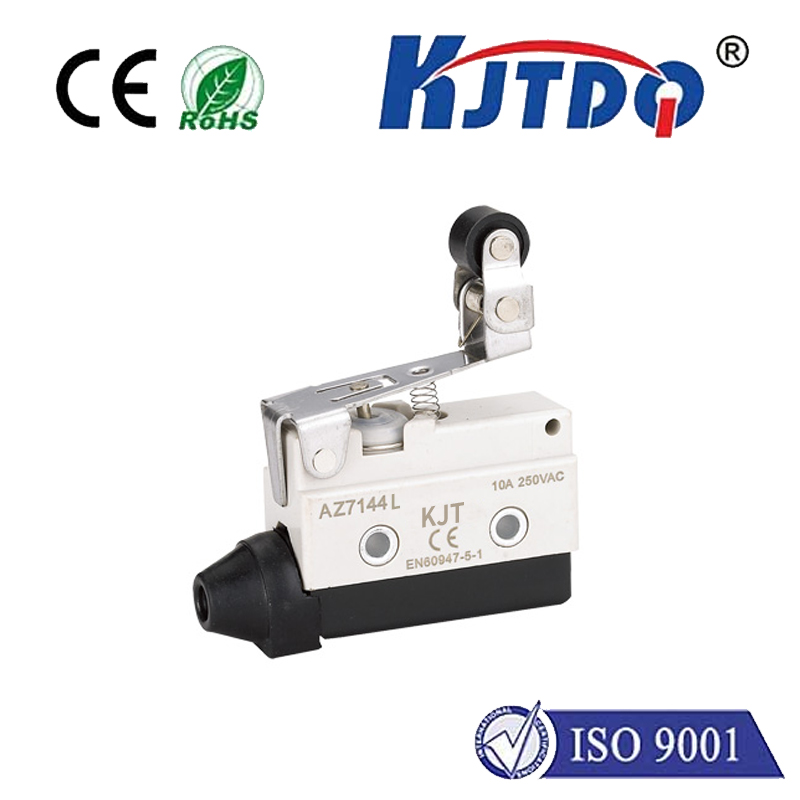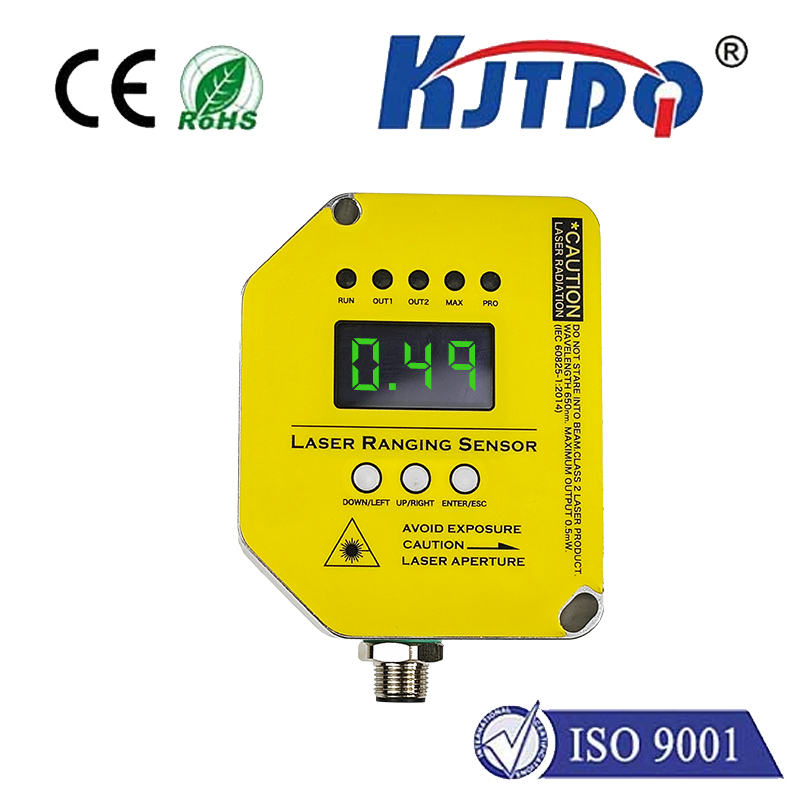

check

check

check

check

check

check

check

check

check

check
Ever reached for your phone at night, only to be momentarily blinded by its intense brightness? Or perhaps during a call, your ear mysteriously hangs up or activates speakerphone? These jarring experiences used to be common. Thankfully, two tiny, often overlooked components working silently behind the scenes – the ambient light sensor and the proximity sensor – have largely banished these frustrations, making our interactions with devices seamless and intuitive. These sensors are fundamental pillars of modern smart device usability, operating continuously to tailor the display and user interface to our environment and behavior.
The Art of Seeing Light: The Ambient Light Sensor
At its core, an ambient light sensor (ALS) is a miniature photodetector. Its singular mission: to measure the intensity of the visible light surrounding the device. Think of it as your smartphone’s “eyes” for gauging environmental brightness. This measured lux value is then fed directly to the device’s operating system.
This data forms the bedrock of automatic screen brightness adjustment (auto-brightness). Here’s the brilliance:
The result is a screen that feels natural to look at, instinctively adapting to your surroundings without requiring constant manual tweaks from the user. It’s a crucial element in the effortless user experience we often take for granted.

The Guardian Against Accidental Touches: The Proximity Sensor
While the ambient light sensor “sees,” the proximity sensor “detects presence.” Its primary function is to determine if an object is very close to the phone, typically within a few centimeters. Most modern smartphones employ an infrared (IR) proximity sensor. How does it work?
This simple detection mechanism enables several vital functions:
In essence, the proximity sensor acts as a vigilant gatekeeper, ensuring the touchscreen only responds when you genuinely intend to interact with it, safeguarding against costly and frustrating mishaps.
A Symphony of Sensing: Working in Tandem
The true power of these sensors often lies in their intelligent collaboration with the device’s software and each other. Consider the “pocket mode” scenario:
Similarly, when you take the phone out of your pocket:
This sensor fusion creates a context-aware device that understands its physical situation far better than either sensor could achieve alone.
The Essential Invisible Duo
From automatically illuminating your screen perfectly under the sun to ensuring your ear doesn’t accidentally end your important call, the ambient light sensor and proximity sensor play indispensable, yet largely invisible, roles. They embody the principle of great technology: working flawlessly in the background to eliminate friction and deliver a truly intuitive experience. These small sensors are fundamental to device usability, power management, and user satisfaction. As display technology evolves (like the variable refresh rates and deeper blacks of OLED), the precision and intelligence of these sensors will only become more critical, continuing their silent vigil as unsung heroes of our everyday digital lives. Their relentless focus on environmental context and physical interaction remains core to the seamless smartphone magic we rely on.
